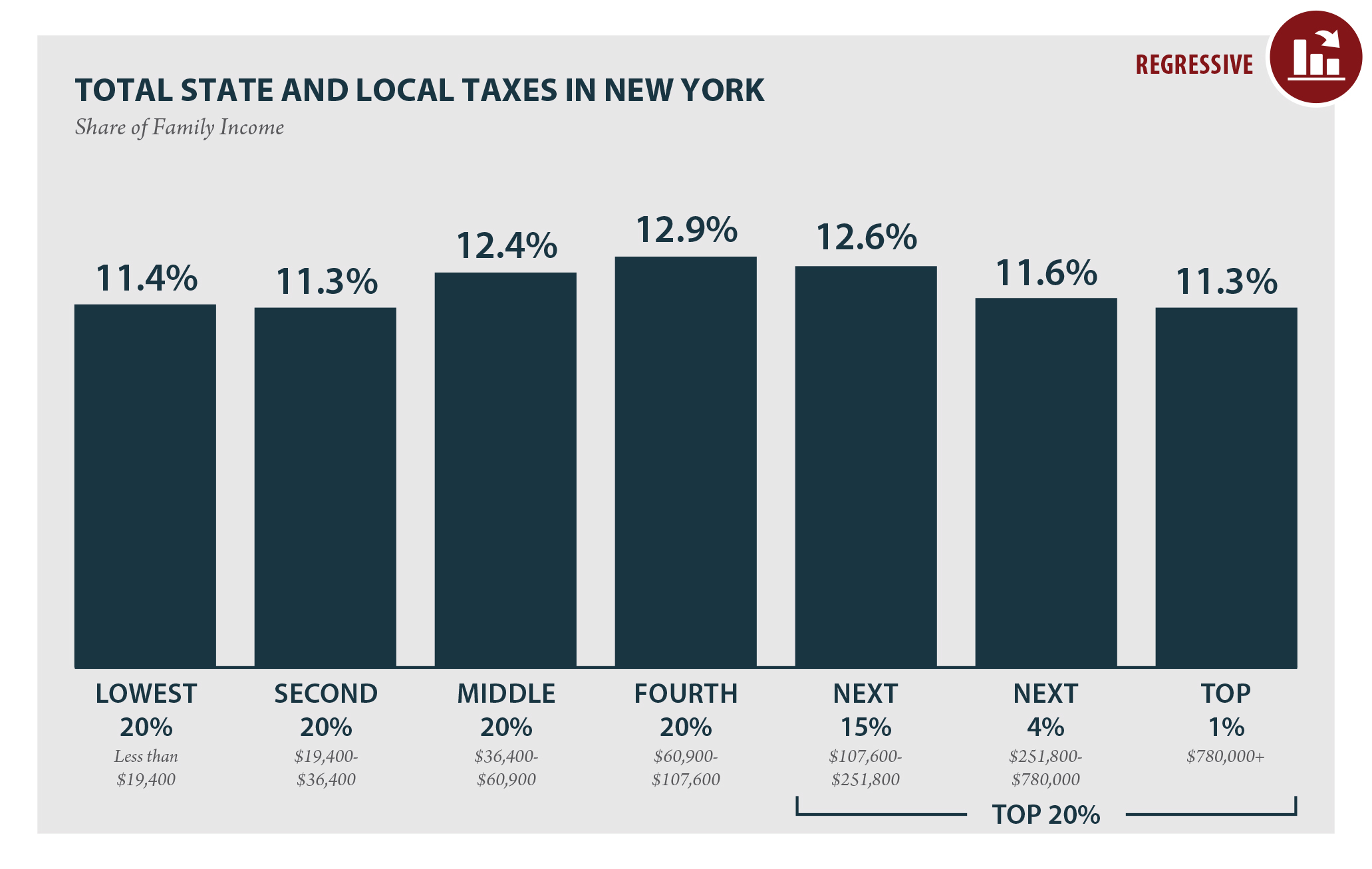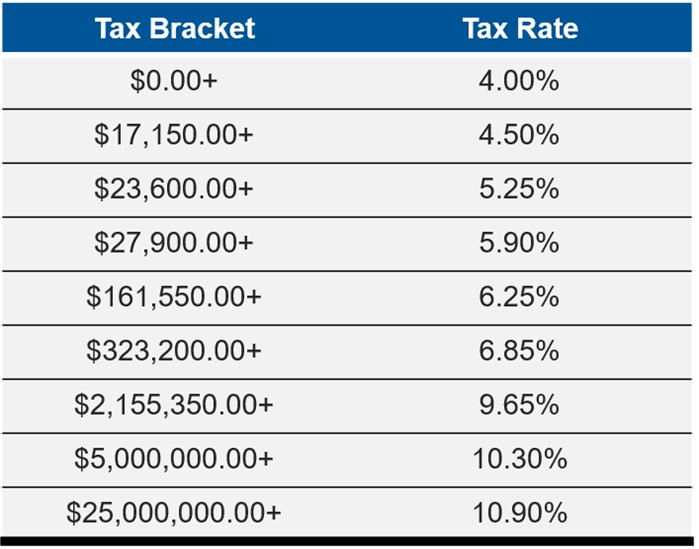Understanding the New York State income tax rate is crucial for residents, businesses, and anyone earning income within the state. The tax structure in New York is progressive, meaning it applies different rates based on income levels. This ensures fairness and helps fund essential public services. Whether you're filing taxes for the first time or seeking clarity on recent changes, this guide will walk you through everything you need to know.
New York State income tax plays a significant role in the financial landscape of its residents. It impacts personal budgets, business operations, and overall economic planning. By staying informed about the tax rates and regulations, individuals and businesses can better prepare for their financial obligations.
This article aims to provide a detailed overview of the New York State income tax rate, including its structure, recent changes, and how it affects various taxpayers. Whether you're an individual filer, small business owner, or corporate entity, you'll find valuable insights to help navigate the complexities of state taxation.
Read also:Unraveling The Mystery A Comprehensive Guide To How Many Twisted Teas Get You Drunk
Table of Contents
- Introduction to New York State Income Tax
- Understanding the Tax Structure
- Filing Status and Its Impact
- New York State Income Tax Brackets
- Recent Changes in Tax Rates
- Deductions and Credits
- Business Income Tax in New York
- The Filing Process Explained
- Penalties for Late Filing
- Additional Resources and Tools
Introduction to New York State Income Tax
New York State income tax is a critical component of the state's revenue system. It funds essential services such as education, healthcare, infrastructure, and public safety. The tax rate varies depending on income levels, ensuring that higher earners contribute proportionally more to state coffers.
The state uses a progressive tax system, meaning that as income increases, so does the percentage of tax owed. This structure aims to create a balanced approach to taxation, addressing the needs of all income groups. Understanding the nuances of this system is essential for effective financial planning.
Why Understanding Tax Rates Matters
Knowing the New York State income tax rate is vital for several reasons:
- It helps individuals and businesses budget accurately.
- It ensures compliance with state regulations, avoiding penalties.
- It allows for better financial planning and investment decisions.
Understanding the Tax Structure
The New York State income tax structure is designed to be fair and equitable. It applies different rates to different income brackets, ensuring that taxpayers contribute according to their ability to pay. This progressive system is a cornerstone of the state's fiscal policy.
Key Features of the Tax Structure
Some key features of the New York State income tax structure include:
- Progressive tax rates based on income levels.
- Multiple filing statuses to accommodate different taxpayer situations.
- A variety of deductions and credits to reduce taxable income.
Filing Status and Its Impact
Your filing status significantly affects your New York State income tax rate. The most common filing statuses include single, married filing jointly, married filing separately, and head of household. Each status has its own set of tax brackets and deductions, impacting the final tax liability.
Read also:Weight Loss The Ultimate Guide To Achieving Your Goals Safely And Effectively
Choosing the Right Filing Status
Selecting the correct filing status is crucial for minimizing tax liability. Factors such as marital status, dependents, and household income all play a role in determining the best option for each taxpayer. Consulting a tax professional can help ensure accurate filing.
New York State Income Tax Brackets
The tax brackets for New York State income tax are structured to apply increasing rates as income rises. As of the latest updates, the brackets are as follows:
- Up to $8,600: 4% tax rate
- $8,601 - $11,820: 4.5% tax rate
- $11,821 - $13,980: 5.25% tax rate
- $13,981 - $22,260: 5.9% tax rate
- $22,261 - $84,120: 6.21% tax rate
- $84,121 - $215,400: 6.49% tax rate
- $215,401 - $1,077,500: 6.85% tax rate
- $1,077,501 and above: 8.82% tax rate
How Tax Brackets Work
Tax brackets determine the percentage of income taxed at each level. For example, a taxpayer earning $50,000 would pay 4% on the first $8,600, 4.5% on the next $3,220, and so on, up to the applicable bracket for their total income. This ensures that no single income level is disproportionately taxed.
Recent Changes in Tax Rates
New York State frequently updates its tax rates and regulations to reflect economic conditions and policy priorities. Recent changes include adjustments to tax brackets, introduction of new credits, and modifications to existing deductions. Staying informed about these updates is essential for taxpayers.
Impact of Recent Changes
The latest changes to New York State income tax rates aim to address several key issues:
- Providing relief to middle-income families through expanded credits.
- Encouraging economic growth by reducing taxes for certain businesses.
- Ensuring sustainable funding for essential public services.
Deductions and Credits
New York State offers a variety of deductions and credits to help reduce taxable income and lower overall tax liability. These include standard deductions, itemized deductions, and various tax credits tailored to specific situations.
Common Deductions and Credits
Some of the most commonly used deductions and credits in New York State include:
- Standard deduction based on filing status.
- Itemized deductions for mortgage interest, charitable contributions, and medical expenses.
- Tax credits for education, childcare, and energy efficiency improvements.
Business Income Tax in New York
Businesses operating in New York State are subject to specific income tax regulations. These rules differ from those for individual filers and require careful attention to ensure compliance and optimize tax savings.
Key Considerations for Businesses
Businesses should consider the following when managing their New York State income tax obligations:
- Understanding the applicable tax rates for corporate income.
- Taking advantage of available business deductions and credits.
- Staying updated on any legislative changes affecting business taxation.
The Filing Process Explained
Filing New York State income tax involves several steps, from gathering necessary documents to submitting the completed forms. Ensuring accuracy and timeliness in the filing process is crucial to avoid penalties and complications.
Steps to File Your Taxes
Here’s a step-by-step guide to filing New York State income tax:
- Gather all necessary documents, including W-2s, 1099s, and receipts for deductions.
- Choose the appropriate filing method—online or paper filing.
- Complete the required forms, ensuring all information is accurate.
- Submit the forms by the deadline, usually April 15th.
Penalties for Late Filing
Failing to file New York State income tax on time can result in significant penalties and interest charges. Understanding these consequences can motivate taxpayers to meet deadlines and avoid unnecessary expenses.
Avoiding Penalties
To avoid penalties for late filing, taxpayers should:
- File their returns by the deadline, even if they cannot pay the full amount owed.
- Request an extension if more time is needed to complete the forms.
- Set up a payment plan if unable to pay the full tax liability immediately.
Additional Resources and Tools
Several resources and tools are available to assist taxpayers in understanding and managing their New York State income tax obligations. These include online calculators, guides, and support from tax professionals.
Useful Resources
Some useful resources for New York State taxpayers include:
- The New York State Department of Taxation and Finance website for official information and updates.
- Online tax preparation software for streamlined filing.
- Consultation with certified public accountants (CPAs) for personalized advice.
Kesimpulan
In conclusion, understanding the New York State income tax rate is essential for effective financial planning and compliance. By familiarizing yourself with the tax structure, filing process, and available deductions and credits, you can minimize your tax liability and avoid penalties.
We encourage you to take action by reviewing your tax situation, utilizing available resources, and seeking professional advice if needed. Share this article with others who may benefit from the information, and explore related content on our website for further insights into personal finance and taxation.
For the latest updates and expert advice, stay connected and informed about New York State income tax regulations. Your financial well-being depends on it!


